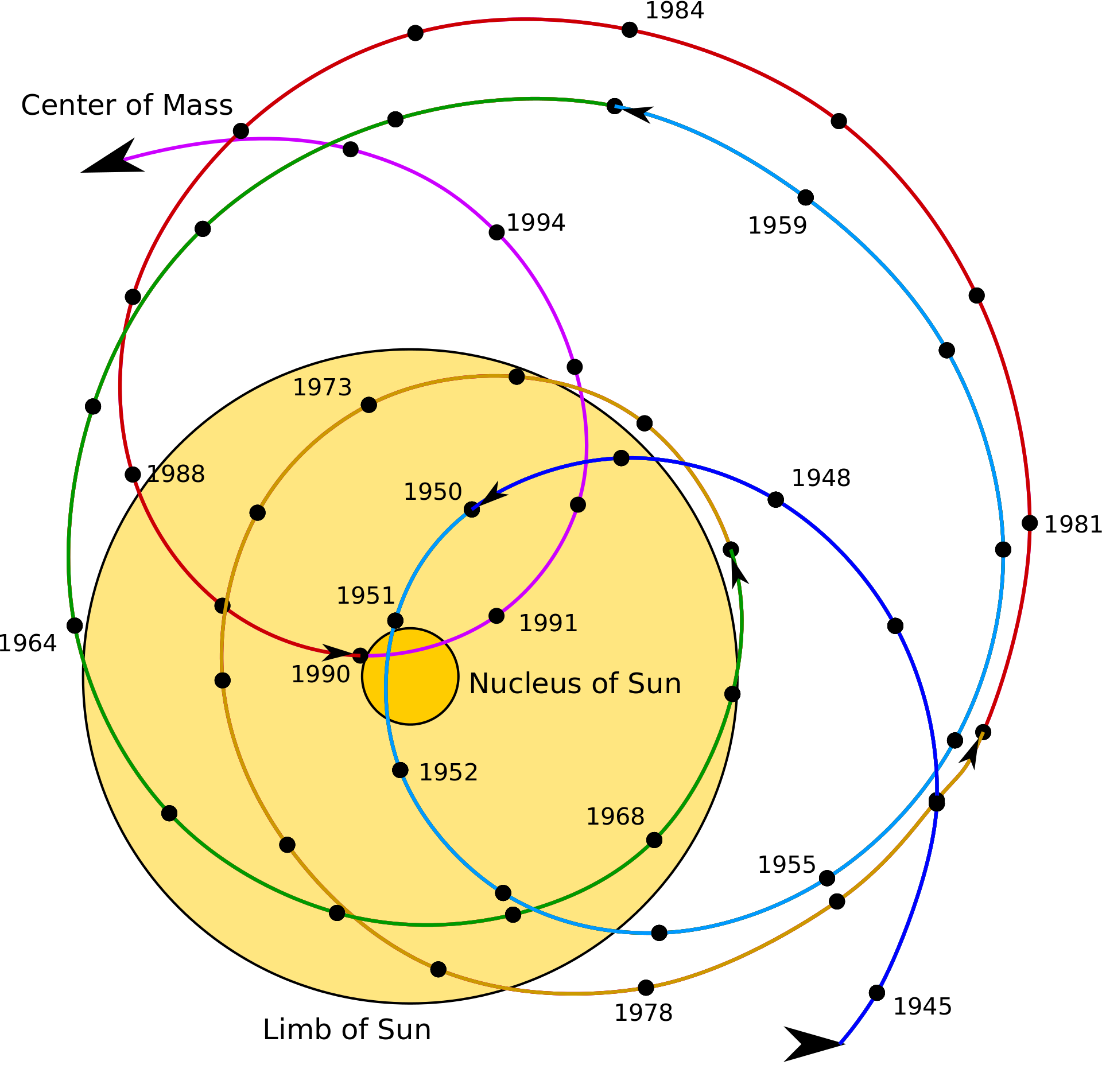Recently, I have started work as an undergraduate research assistant in the Physics and Astronomy department at my university. The project I was assigned to is of a stellar nature; we are attempting to find evidence of extrasolar planets, or planets around other stars. Though we haven’t found any planets yet, I keep thinking about how crucial this type of work is to the future of the human race. Around 4,000 extrasolar planets have been confirmed by NASA, and it is amazing to think that one of these could be humanity’s next home. In this blog post, I will discuss the major approaches that astronomers use to detect planets outside of our solar system.
The Astrometric Method: Using the astrometric method, we can detect extrasolar planets by carefully monitoring small changes in the host star’s position in the sky. Planets orbit their host stars because of the enormous amount of gravitational force exerted on them by their stars. However, the laws of physics tell us that the planets also exert an equal amount of gravitational force on their host star. Though the star is much more massive, the planets can cause a star to “wobble” as it is gravitationally tugged at. Very few extrasolar planets have been identified using this method; the star studied must be relatively near to us, and observing positional changes may require long periods of observation.

The Doppler Method: Like the astrometric method, the Doppler method relies on the gravitational interactions and “tugs” between a host star and its planets. When a star is moving towards or away from us, we say that its light spectrum is blueshifted or redshifted, respectively. Alternating blueshifts and redshifts relative to average Doppler Shift can indicate a star’s motion or “wobble” due to its interactions with a planet or planets. The Doppler method has discovered many more extrasolar planets than the astrometric method, but it certainly does not come without its limitations. This technique is best suited for massive planets with close orbits, and because it calls for stellar spectra, large telescopes and long periods of observation are a must.

The Transit Method: When an extrasolar planet’s orbital plane is situated along our line of sight, the planet will appear to travel in front of its star once every orbit. Astronomers call this a transit event. Similarly, half an orbit later, the planet will become eclipsed by its host star as it passes behind. We can detect these events by monitoring changes in the star system’s brightness. During a transit event, the star undergoes a characteristic dip in brightness as the planet blocks some of its light. During an eclipse, there is a dip in the system’s infrared brightness as the star blocks the infrared light emanating from the planet. Most extrasolar planets have been discovered using this method, but it is only feasible for planets with orbital paths that are oriented in just the right way.

Direct Detection: This technique involves acquiring images or spectra of the planet. In theory, this is the best way to learn about an extrasolar planet; however, our current technology can only produce images with low resolution. There are other obstacles to directly detecting planets as well. For one, stars give off much more light than any planets that might be orbiting them. Because of diffraction, our telescopes also blur star light. Most extrasolar planets are too close to their bright host stars to be imaged directly from our vantage point, light years away. Second, compared to massive stars and the colossal distances between them, planets are miniscule.

I really like how well you described each technique we use to discover extra-solar planets. Very well thought out and informative. Maybe someday in the future we’ll discover even better ways to discover planets more like ours.
LikeLike
Thank you for the comment!!! Astronomy is a changing field, so we will certainly be able to improve upon the efficiency of these methods. We might also develop new ways to find and image these planets in the future!
LikeLike
From your TA: Really awesome post Sam! I did some exoplanet research when I was an undergrad. If you’re interested in applying for summer REUs let me know and I can help!
LikeLike